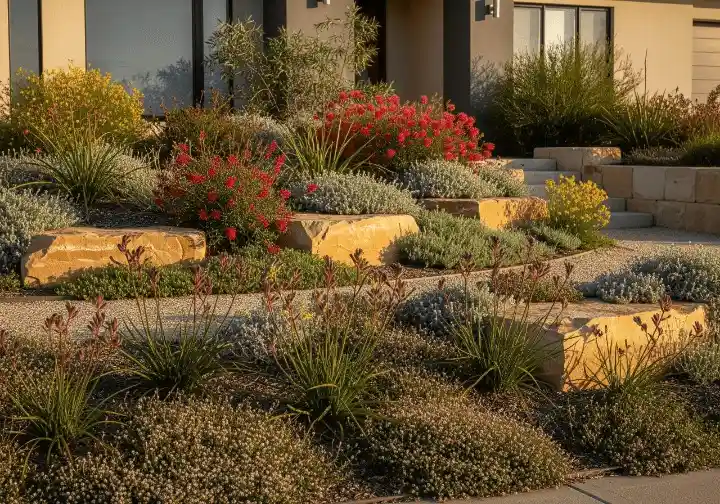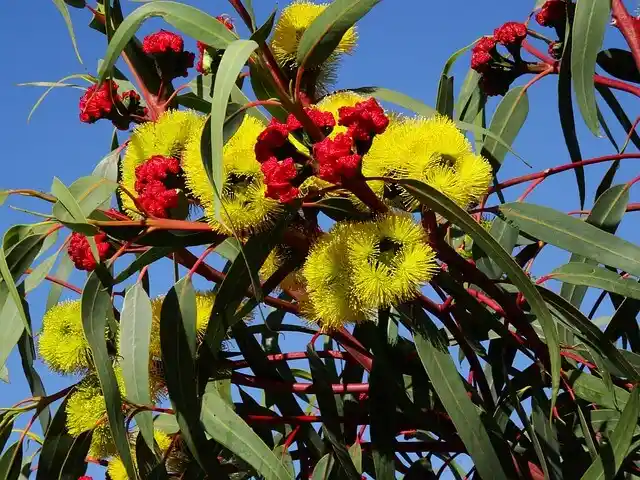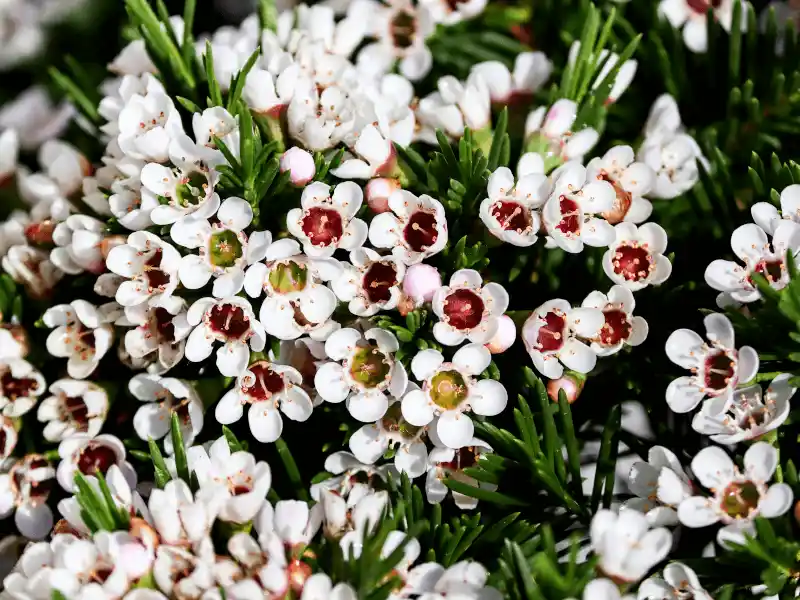
IN THIS ARTICLE
Overview
Designing a garden in dry, challenging conditions doesn’t mean sacrificing beauty or impact. It simply calls for the right plant choices. In Australia’s often harsh and water-limited environments, there’s a wealth of native species that not only survive but thrive.
This list showcases our top 10 native Australian plants ideally suited to tough and arid sites. To make the cut, each plant had to meet clear criteria:
- Exceptional drought resistance: These plants grow in hot, dry arid zones.
- Strong ornamental appeal: People love them for flowers, foliage, form, or texture.
- Versatility: They can be planted in smaller or larger residential gardens.
- High adaptability: They adapt to challenging sites with nutrient-poor soils.
Whether you are establishing a new garden or reworking a dry, underperforming space, these plants offer more than just hardiness. They bring strong visual appeal, proving that a dry landscape can be resilient and visually striking.
By choosing these species, you’ll create a garden that thrives with less effort and feels deeply connected to the Australian landscape.
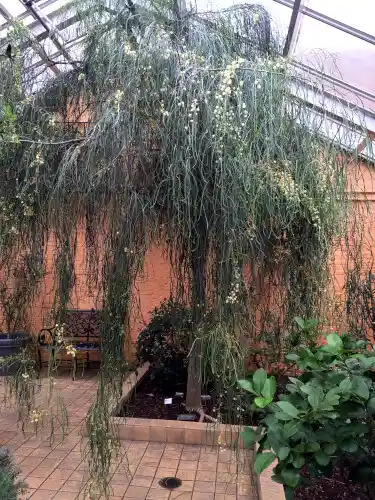
Top 10 native Australian plants for arid sites
Feature trees for structure or shade
These species anchor your garden design, offering scale, form, and seasonal interest, even in harsh, dry conditions. They are the tallest among the top 10 native Australian plants.
1. Eucalyptus caesia subsp. magna (Silver Princess)
Silver Princess features graceful, weeping branches with striking foliage, pink to red flowers, bell-shaped gum nuts and powdery white bark, a true statement tree that brings drama and elegance to any dry garden.
- Height: 4 – 8 m in cultivation
- Growth rate: Fast
- Best for: Feature specimen, architectural planting, sculptural tree, open courtyards
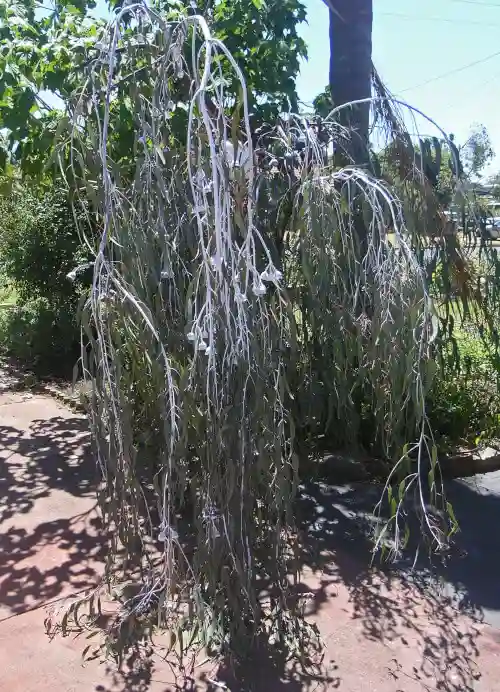
2. Corymbia aparrerinja (Ghost Gum)
Ghost Gum is an iconic eucalypt of Central Australia. It is a true standout among the top 10 native Australian plants, featuring stark, smooth white bark all over its trunk and branches that contrasts brilliantly with vibrant green foliage.
- Height: 10 – 12 m in cultivation
- Growth rate: Moderate
- Best for: Sculptural tree, shade tree, focal point, windbreak, habitat planting
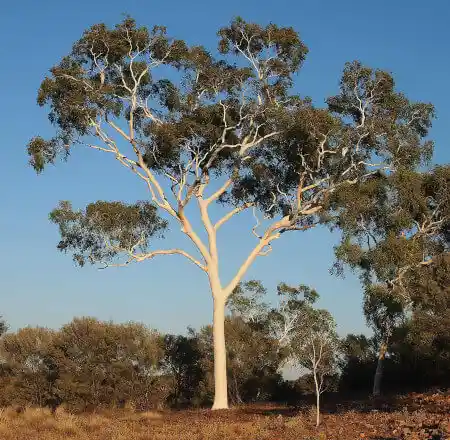
3. Callitris glaucophylla (White Cypress Pine)
White Cypress Pine is a native conifer with a formal, upright shape and blue-green foliage. It is highly drought-tolerant and long-lived, perfect for adding vertical interest and structure.
- Height: 10 – 12 m in cultivation
- Growth rate: Slow to moderate
- Best for: Formal native garden, focal point, windbreak, screening
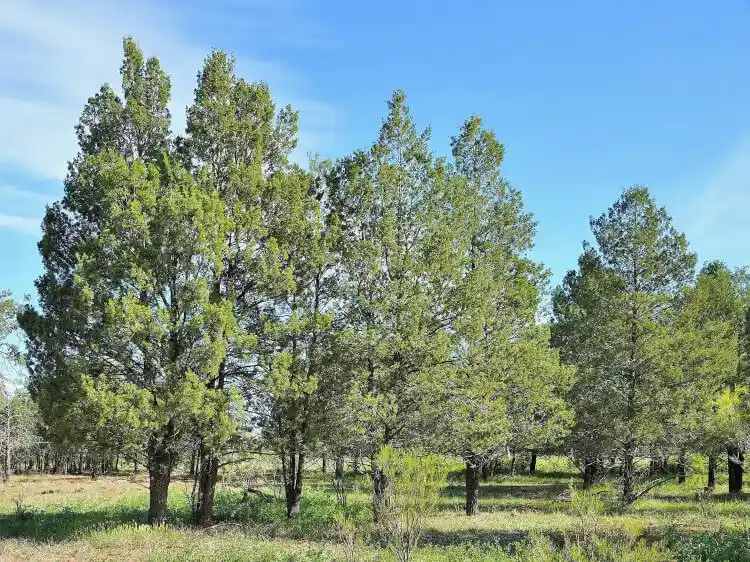
4. Acacia aneura (Mulga)
Mulga is a signature species of Australia’s arid interior. This long-lived wattle features fine, unusual silver-green foliage and small bright yellow flowers. It is known for its unique, elegant form and adaptability to extreme dryness.
- Height: 3 – 7 m in cultivation
- Growth rate: Slow to moderate
- Best for: Sculptural tree, habitat planting, arid theme rockery
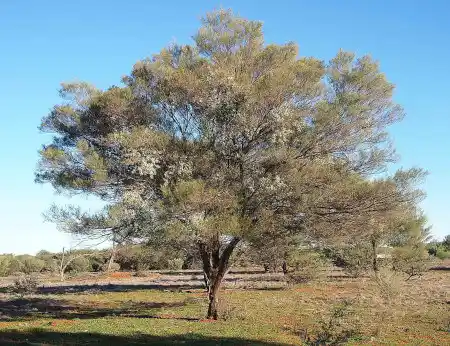
Shrubs with strong ornamental appeal
These drought-hardy shrubs offer high impact with minimal maintenance, making them some of the most popular choices among the top 10 native Australian plants for dry gardens.
5. Eremophila maculata (Spotted Emu Bush)
Spotted Emu Bush is a striking, rounded shrub featuring profuse and vibrant tubular flowers from pink and mauve to red, orange, and yellow, often with a spotted throat. It is a magnet for birds, bees and other pollinators.
- Height: 1 – 2.5 m
- Growth rate: Moderate
- Best for: Feature shrub, hedge, border planting, habitat garden
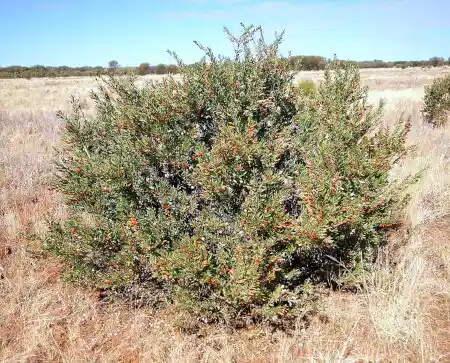
6. Eremophila nivea (Silky Emu Bush)
Eremophila nivea is an eye-catching species with an upright, dense growth habit. It features velvety silver foliage and striking purple flowers. It adds contrast and texture to any dry planting scheme.
- Height: 1.5 – 2 m
- Growth rate: Fast
- Best for: Feature shrub, sculptural element, rockery, hedge, border planting
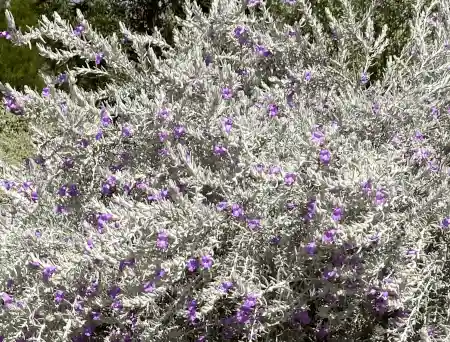
7. Dodonaea viscosa (Sticky Hop Bush)
Dodonaea viscosa is a dense, upright shrub perfect for low to medium-height hedges and screens. The cultivar ‘Purpurea’ features impressive burgundy foliage that offers a bold colour for a year-round contrast.
- Height: 1.5 – 4 m
- Growth rate: Fast
- Best for: Hedging, screening, contrast, feature bush
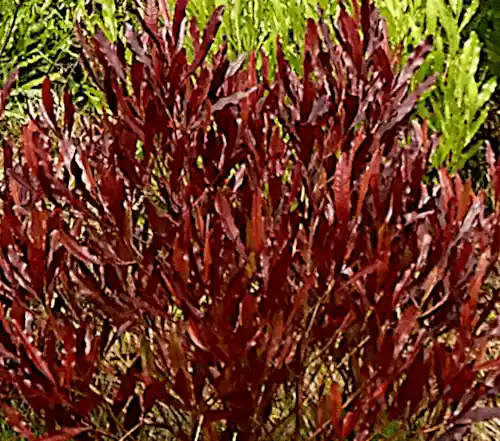
8. Senna artemisioides (Silver Cassia)
Silver Cassia features soft, silvery-grey foliage and spectacular bright yellow flowers, making this shrub a textural and seasonal highlight. It is tough, tidy, and full of character and highly responsive to pruning. There are many subspecies available.
- Height: 1 – 3 m
- Growth rate: Fast
- Best for: Hedging, informal screening, contrast, feature bush, rockery
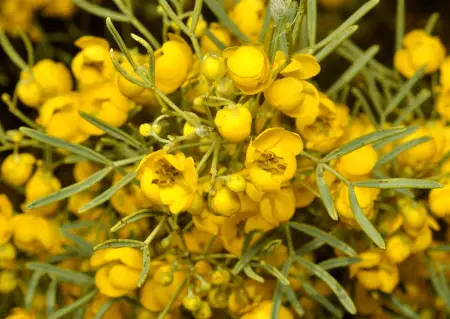
Groundcovers and fillers for texture
These are the low-growing selections from our top 10 native Australian plants. They provide ground-level interest and are often used as a groundcover or a border plant, perfect for adding texture and contrast, tying your planting scheme together.
9. Rhagodia spinescens (Spiny Saltbush)
Spiny Saltbush or Thorny Saltbush is known for its spreading, dense, mounding habit. It has cultivars that grow to different heights for different landscape uses. It features attractive silvery green, triangular or oval foliage, perfect for contrast.
- Height: 0.3 – 2 m, depending on cultivars
- Growth rate: Fast
- Best for: Groundcover, border, low hedge, contrast, slope
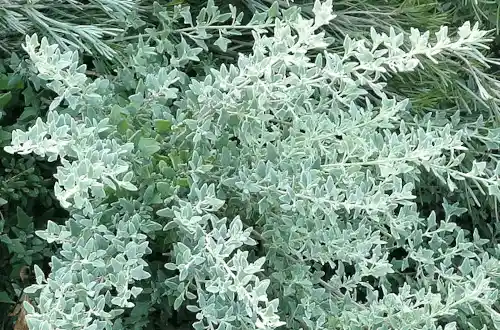
10. Chrysocephalum apiculatum (Common Everlasting)
Common Everlasting or Yellow Buttons makes the best flowering groundcover among our top 10 native Australian plants. This cheerful species has a low-spreading, dense clumping habit, with soft, silvery leaves. Its profuse, button-like, golden-yellow flowers are the seasonal highlight.
- Height: 0.4 – 0.6 m
- Growth rate: Fast
- Best for: Groundcover, border, edge, rockery, container, mass planting, blooms
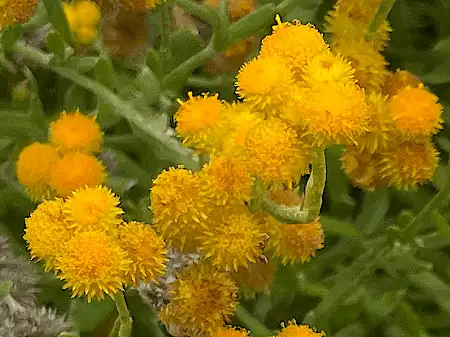
Bonus plants
The beauty of these top 10 native Australian plants lies not just in their toughness, but in their ability to bring structure, colour, and life. Of course, this list is far from exhaustive. Many more native plants can add both resilience and visual richness to your garden.
For groundcovers, Enchylaena tomentosa (Ruby Saltbush) and Myoporum parvifolium (Creeping Boobialla) are hardy, beautiful options widely used in dry landscapes.
Shrubs like Eremophila glabra (Common Emu Bush), Hakea leucoptera (Silver Needlewood), and Melaleuca uncinata (Broom Bush) bring incredible texture and flower displays.
Many other stunning small eucalyptus species like Eucalyptus kingsmillii (Kingsmill Mallee), Eucalyptus gamophylla (Blue-leaved Mallee), Eucalyptus socialis (Red Mallee), Eucalyptus orbifolia (Round-leaved Mallee), and Eucalyptus torquata (Coral Gum) are valued for their striking forms.
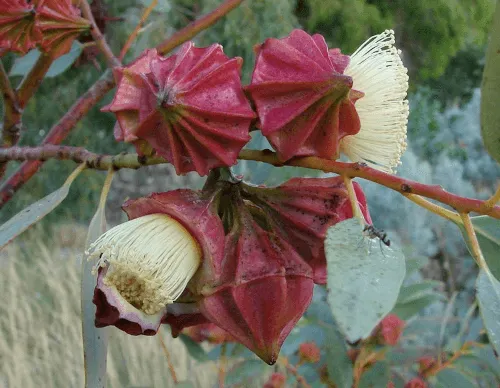
Xanthorrhoea thorntonii (Desert Grass Tree) is a quirky native that showcases striking shape and structure in the arid landscape. Elegant Acacia stenophylla (River Cooba) features stunning pendulous branches and foliage.
Together with our top 10 native Australian plants, these species prove that dry doesn’t have to mean dull. With the right planting scheme, arid gardens can be visually dynamic and fascinating.
